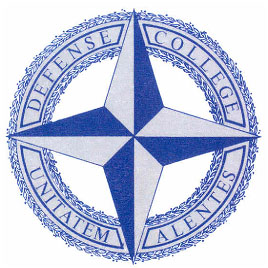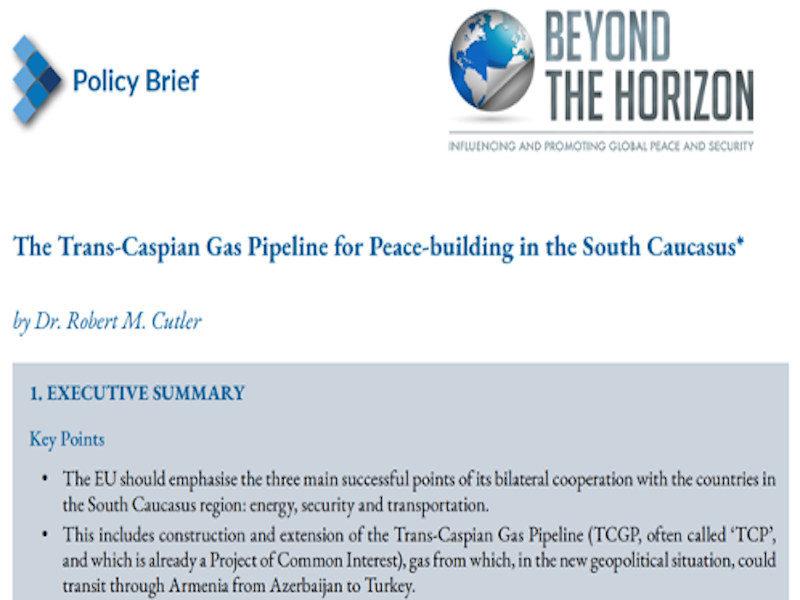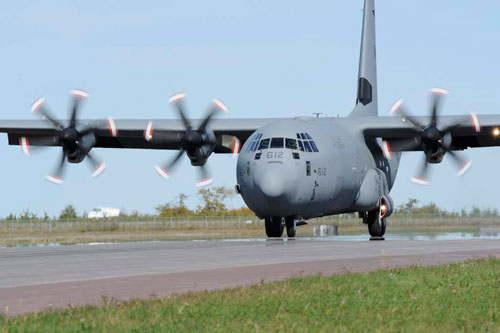The Arctic is the focus of unprecedented attention in this century due to the fact that the warming climate and the retreating ice is creating new political and economic opportunities. This reality also comes with a long list of challenges related to sustainable development, environmental protection, security, and indigenous rights, among others. For NATO, as an Alliance whose membership de facto covers half of the Arctic, the challenge is two-fold: one, to define the dimensions of the Arctic reality and second, develop an adequate response to this reality.
[captionpix align=”right” theme=”elegant” width=”200″ imgsrc=”http://natoassociation.ca/wp-content/uploads/2013/08/smith-windsor.jpg” captiontext=”Brooke Windsor-Smith is a Canadian researcher for the NATO Defense College”]
In a report for the NATO Defence College in Rome, author Brooke Smith-Windsor traces the intensification of political, economic and military developments in the Arctic since 2009 against the backdrop of NATO’s overall blasé attitude with respect to the region. The question he asks is straightforward: how can NATO become relevant to the North again, given that it is not only the historical focus of the Alliance, but also one of the most politically active areas in the world today?
Smith-Windsor’s article is overarching in scope, covering the major themes of the Arctic: shipping, oil and gas, military exercises and recent changes in the region’s governance. He also suggests some options for NATO on engaging the Arctic effectively. Informative graphics help put these topics in perspective, as they map out commercial shipping routes, as well as oil and gas resources. The bibliography relies on a foundation of governmental documents, with a supporting mix of policy papers, media reports and op-ed articles.
The commercial implications begin with shipping and it is in this context that the author prudently talks about the May admission of an additional six observer states in the Arctic Council, four of which are in Southeast Asia; China, Japan, South Korea and Singapore. Given that all of these are highly dynamic trading economies, their natural interest is to lower the costs of importing primary resources and exporting goods and services by developing the northern trade routes. Smith-Windsor notes as much, making reference to the fact that policy changes in China and Japan signal the desire to conduct a significant share of their trade via these routes, while South Korea would orient some of its strategic economic sectors – shipbuilding and shipping – to take advantage of the opportunities in the region.
The Arctic also holds vast reserves of oil and gas resources, and interest increases as further discoveries are announced. Investment by states and companies in the development of these resources in the effort to diversify energy supply lines and reduce the risks of politically volatile source regions (e.g. Iraq or Sudan), will make the Arctic an attractive alternative for the purpose. It is at this point that the author enters in the discussion of the security dimensions and the implications for NATO.
Despite the stated open and diplomatic character of Arctic international relations, military exercises are happening around the region to: test coordination and improve interoperability between forces, train assets in Arctic combat, and bolster a range of capabilities suited to the region. While the author cites several examples, one very recent occurrence is necessary to illustrate the point: barely over two weeks ago, Russia held the largest military exercise since the end of the Cold War, aiming not only to show an ability to operate across the entire Pacific theatre, including the Arctic, but also to reassert the geopolitical influence it has lost in the last two decades. The point behind this is simple: the future legal status of the Arctic will grind the interests of littoral states with those of the extra-regional players who want to enter the region and that may become one of the largest security problems in the world.
Officially, NATO does not have a basic doctrine for the Arctic, nor is the region even recognized as a strategic priority in the latest strategic concept of the Alliance. Smith-Windsor corroborates the reality and insists that it is time for NATO’s attitude to change, because the combination of economic opportunities, legal challenges, institutional capacities and military capabilities create a concoction of security challenges that will require multidimensional political and military solutions. NATO should be involved, in the least because its members de jure and de facto border nearly one half of the Arctic. It is important to remember that NATO depends on the consensus of its 28 members to reach a decision on a question. As such, the Alliance can have a strong role as a coordinator of interests between states to encourage a common doctrinal and practical position with respect to the Arctic.
Smith-Windsor also discusses three possible pathways for NATO’s engagement with the Arctic, in order to ensure that it is both a constructive and legitimate party in the politically crowded region. Firstly, the tools of NATO’s engagement with the Arctic would most logically go through its extra-regional contact bodies: the NATO-Russia Council, Partnership for Peace relations, as well as building cooperative efforts along Search and Rescue Agreements not unlike the one that turned the Arctic Council into an intergovernmental organization at the end of 2011.
The second option focuses on intergovernmental cooperation. The article outlines a European initiative based on the continent’s military command protocols via NATO (e.g. SHAPE), and possibly the EU’s own emerging defence structures. Such an initiative would develop a distinctly European doctrine for the North, which the Alliance could use to become involved in Arctic politics.
The third option in the article is the least compelling, suggesting that there be one contact country in the Arctic that fills the role of an information node for NATO. The problem with this option, however, is that the country that fulfills the role will be limited to compiling and analyzing knowledge, but NATO will not be able to engage as a salient Arctic institution.
NATO’s involvement in the Arctic will certainly involve conventional notions of security. However, it may also expand to include counter-terrorism, strategic infrastructure security, search and rescue, as well as environmental security since the ability to operate in the Arctic is closely tied to the protection of its fragile ecosystems. Politically, a greater menu of security concerns will involve reforms to engage actors further from NATO’s traditional core and peripheral contacts. It will create forums, similar to the NRC, to hold robust dialogues with China, India, and Japan on Arctic matters, and adopt the format with other emerging actors that may want to find a path in the region – for example, the European Union or Brazil. It is, in sum, required that NATO think outside of the box when it comes to the Arctic, and this is also the message that Brooke Smith-Windsor aims to convey.




